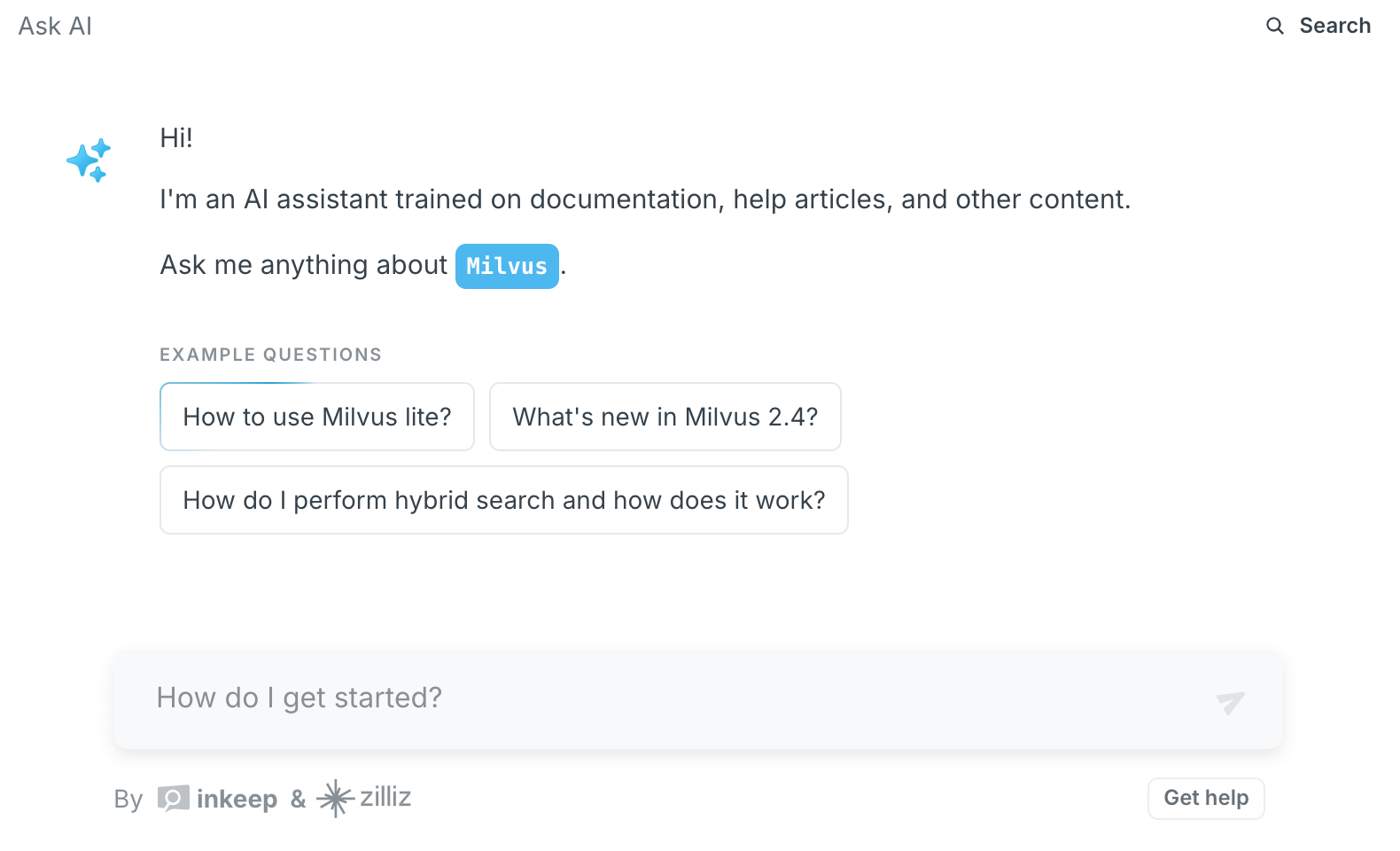The complexity of queries directly impacts a system’s latency because more intricate requests require additional computational steps, data retrieval rounds, or algorithmic processing. For example, a query that involves multiple nested database joins, real-time aggregations, or cross-service API calls will inherently take longer to resolve than a simple lookup. Each retrieval round adds network overhead, disk I/O, or processing time, which compounds latency. Systems that handle natural language inputs (e.g., multi-turn conversational agents) face even greater delays due to the need for iterative context analysis and intent refinement[10]. The relationship is often linear or exponential, depending on how components scale with complexity.
To balance complexity and speed, systems can implement decision-making heuristics or thresholds. For instance:
- Preprocessing filters: Prioritize common or time-sensitive queries by routing them through simplified pipelines. For example, a search engine might handle exact keyword matches via cached results while deferring ambiguous or exploratory queries to slower, more resource-intensive algorithms[3].
- Partial responses: Return incremental results for complex tasks. A data analytics system might first deliver aggregated summaries, allowing users to decide if deeper, latency-heavy drill-downs are necessary.
- Cost-based optimization: Use metrics like query execution time estimates or resource utilization to dynamically limit complexity. If a request exceeds predefined latency budgets, the system could fall back to approximate methods (e.g., sampling instead of full dataset scans)[8].
Developers can also design tiered architectures to isolate complexity. For example, separating real-time and batch processing layers ensures that latency-critical operations aren’t bogged down by computationally heavy tasks. Additionally, caching intermediate results (e.g., storing parsed query intent or frequently accessed data subsets) reduces redundant processing. However, these trade-offs require careful monitoring: oversimplification risks inaccurate results, while excessive complexity harms user experience. A/B testing and latency profiling tools help identify optimal thresholds for specific workloads.
